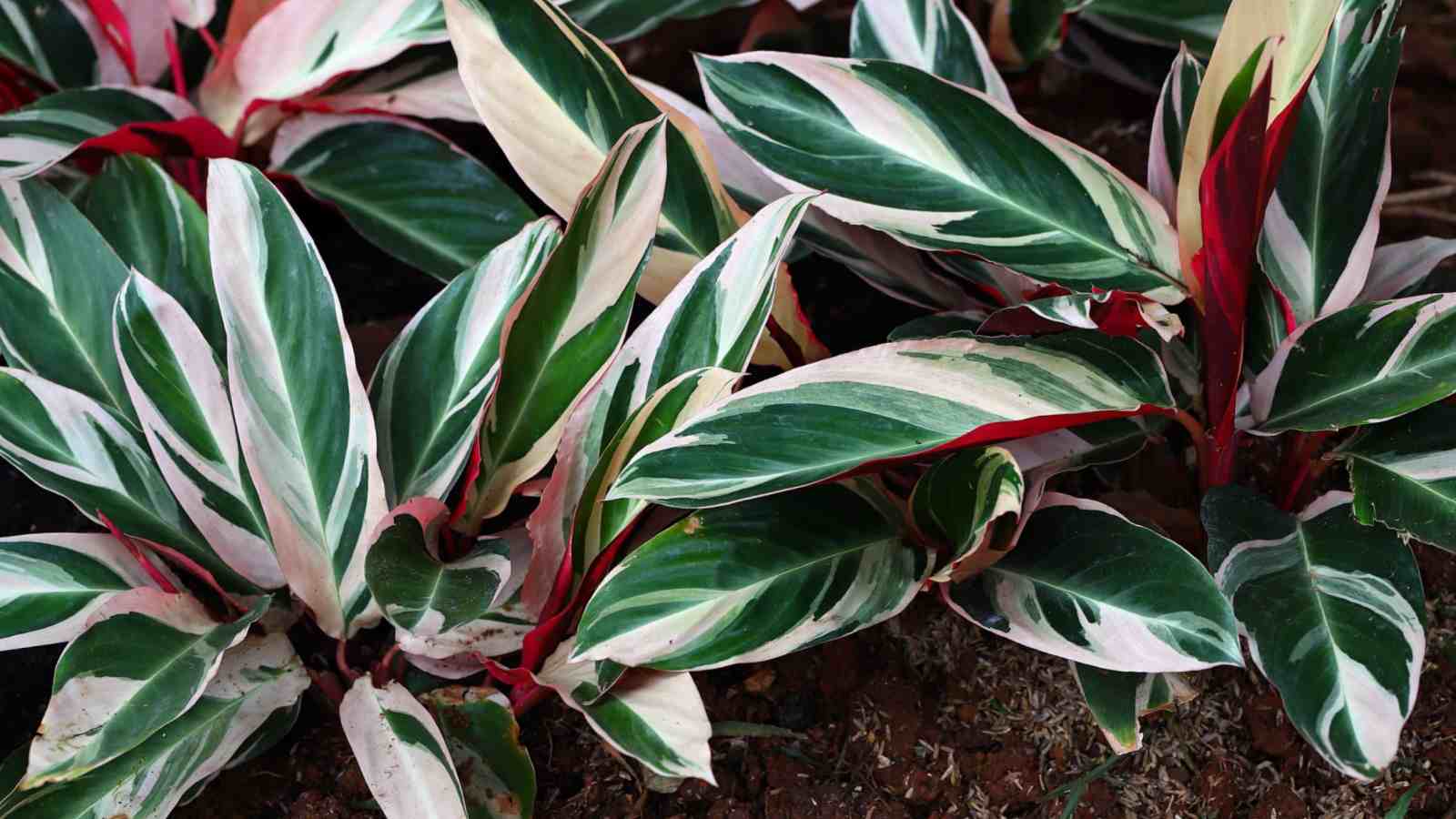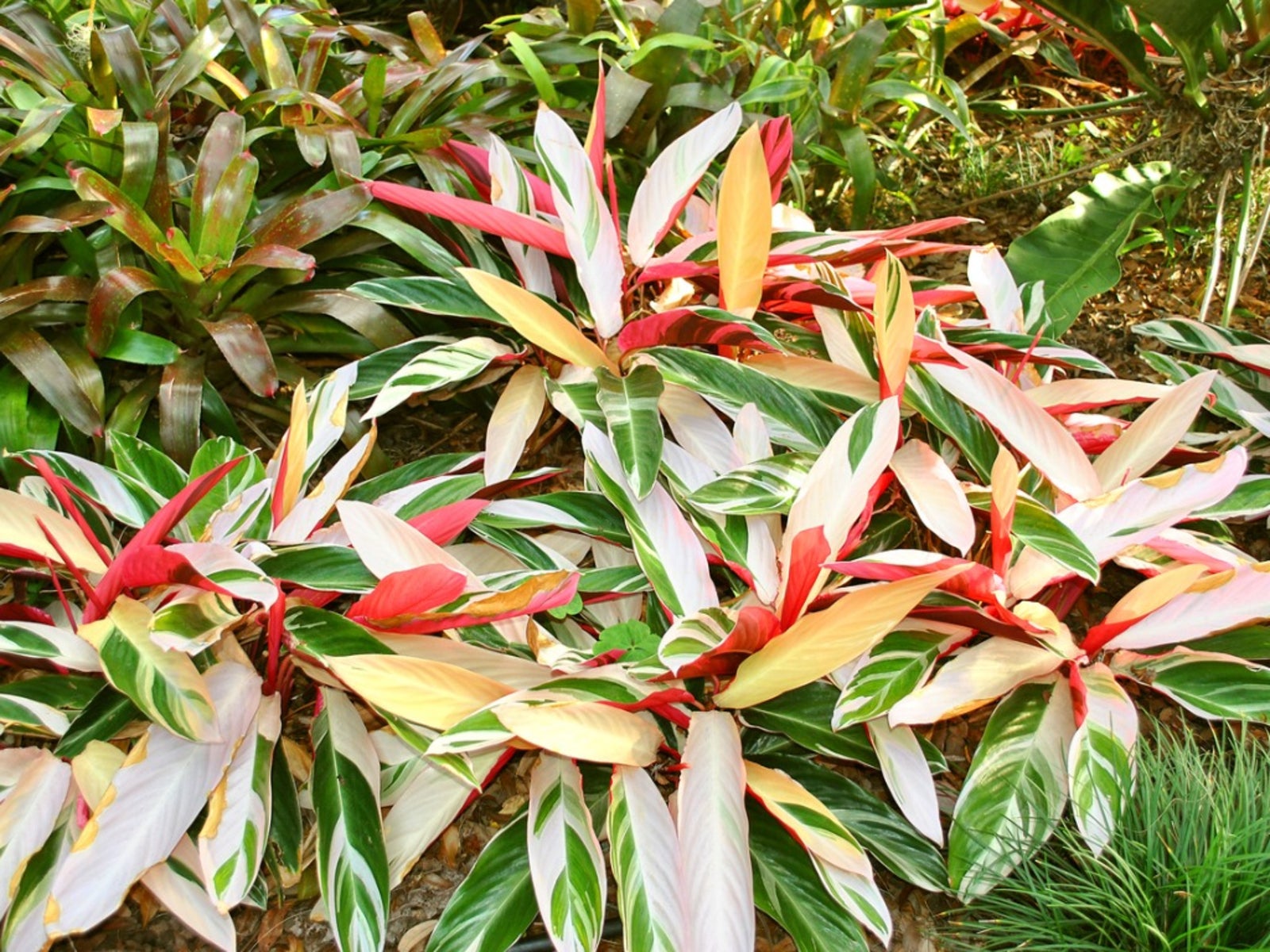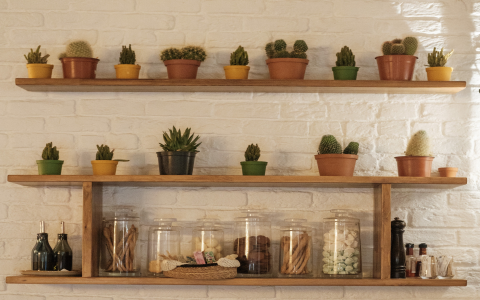Alright, let’s talk about Stromanthe Triostar soil. It’s one of those things, you know? Everyone online has an opinion, and half the time, it feels like they’ve never actually kept one of these plants alive for more than a month. I’ve been there, done that, got the T-shirt, and nearly lost a few good plants in the process.
When I first got my Triostar, I was all excited. Such beautiful leaves! I plonked it in some generic “houseplant mix” I got from the big box store. Big mistake. Huge. The thing just sat there, looking sadder by the day. The tips started browning, new leaves were tiny. I thought it was me – maybe the light, maybe my watering. And yeah, those things matter, but the foundation, the soil, was just garbage for this plant.

So, I started experimenting. My first few homemade mixes were… let’s just say they were learning experiences. I nearly drowned one with a mix that held too much water. Then I swung the other way, and it was drying out faster than I could blink. It’s a finicky beast, this plant, if you don’t give its roots what they want.
My Journey to the “Right” Mix
After a lot of trial and error, and observing how the plant reacted, I landed on something that finally seems to make them happy. It’s not rocket science, but it’s about balance. What I do now, and what’s been working for me, goes something like this:
- The base: I use a good chunk of peat moss, maybe coco coir if I have it. Let’s say about half of the whole mix. This stuff holds onto moisture, which these divas seem to appreciate, but you can’t stop there.
- Aeration is key: Then, I dump in a load of perlite. And I mean a load. Maybe like 30-40% of the mix. Seriously, don’t be shy with it. This is what stops the soil from becoming a soggy mess. The roots need to breathe, people! If they can’t breathe, they rot. Simple as that.
- A little something extra: Sometimes I’ll throw in a bit of orchid bark or charcoal, just a handful, for extra chunkiness and more air pockets. Not always, but it doesn’t seem to hurt.
You mix all that up. It should feel light and airy, not heavy and dense like that bagged mud they sell you. When you water it, it should drain pretty well, not sit there like a swamp.
And here’s the thing – getting the soil right makes everything else easier. If the soil is good, you’re less likely to overwater. The plant actually uses the water you give it. You’ll notice the difference. I used to water when the top inch or two felt dry, now it’s more like when the pot feels a bit lighter, or the top 25-50% of the soil volume is dry, just like the sensible folks say. Water it well, let the excess drain out. Don’t let it sit in water! That’s a death sentence with bad soil, and still not great even with good soil.
I remember my friend telling me her Triostar was dying, leaves all crispy and brown. She was convinced it was the humidity. I asked about her soil, and she just shrugged, “Whatever it came in.” We repotted it in my mix, and surprise, surprise, a few weeks later, it started pushing out new, healthy leaves. It wasn’t a miracle; it was just decent soil.
Light is still a factor, of course. Not enough, and they get all pale and stretchy, losing that amazing variegation. Too much direct sun, and those pretty leaves will scorch faster than you can say “oops.” But I found that if the roots aren’t happy because the soil is terrible, then no amount of fiddling with the light will save it. It all starts from the ground up, literally.
So yeah, that’s my two cents on Stromanthe Triostar soil. It’s what I’ve found works through my own messy, hands-on practice. Maybe it’s not what the fancy botanical gardens do, but my plants are thriving, and that’s good enough for me.




















